Yazeed Alaudah
Self-Supervised Delineation of Geological Structures using Orthogonal Latent Space Projection
Aug 22, 2021



Abstract:We developed two machine learning frameworks that could assist in automated litho-stratigraphic interpretation of seismic volumes without any manual hand labeling from an experienced seismic interpreter. The first framework is an unsupervised hierarchical clustering model to divide seismic images from a volume into certain number of clusters determined by the algorithm. The clustering framework uses a combination of density and hierarchical techniques to determine the size and homogeneity of the clusters. The second framework consists of a self-supervised deep learning framework to label regions of geological interest in seismic images. It projects the latent-space of an encoder-decoder architecture unto two orthogonal subspaces, from which it learns to delineate regions of interest in the seismic images. To demonstrate an application of both frameworks, a seismic volume was clustered into various contiguous clusters, from which four clusters were selected based on distinct seismic patterns: horizons, faults, salt domes and chaotic structures. Images from the selected clusters are used to train the encoder-decoder network. The output of the encoder-decoder network is a probability map of the possibility an amplitude reflection event belongs to an interesting geological structure. The structures are delineated using the probability map. The delineated images are further used to post-train a segmentation model to extend our results to full-vertical sections. The results on vertical sections show that we can factorize a seismic volume into its corresponding structural components. Lastly, we showed that our deep learning framework could be modeled as an attribute extractor and we compared our attribute result with various existing attributes in literature and demonstrate competitive performance with them.
Characterization of migrated seismic volumes using texture attributes: a comparative study
Jan 30, 2019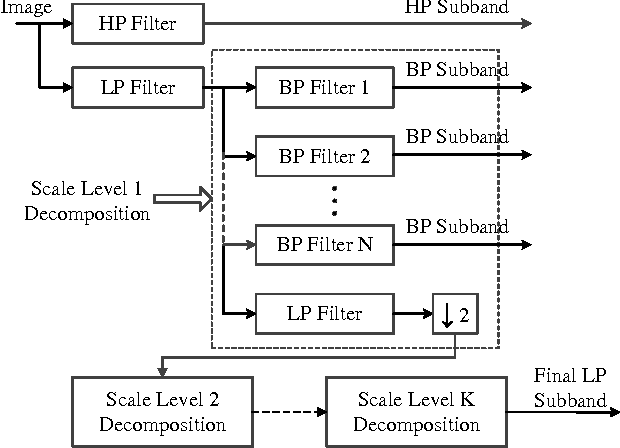
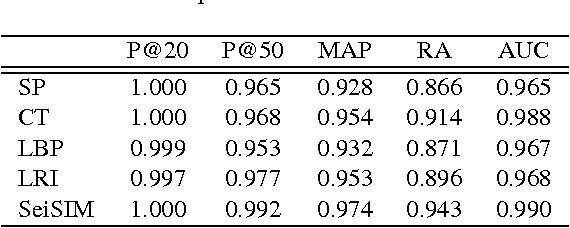
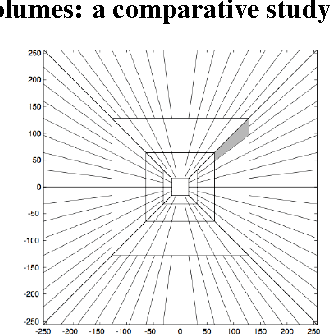

Abstract:In this paper, we examine several typical texture attributes developed in the image processing community in recent years with respect to their capability of characterizing a migrated seismic volume. These attributes are generated in either frequency or space domain, including steerable pyramid, curvelet, local binary pattern, and local radius index. The comparative study is performed within an image retrieval framework. We evaluate these attributes in terms of retrieval accuracy. It is our hope that this comparative study will help acquaint the seismic interpretation community with the many available powerful image texture analysis techniques, providing more alternative attributes for their seismic exploration.
A Machine Learning Benchmark for Facies Classification
Jan 12, 2019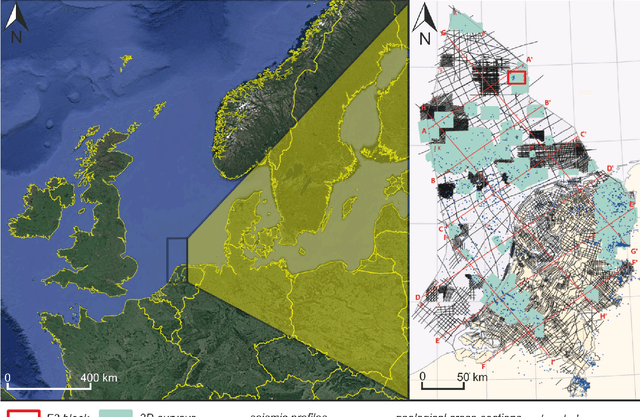

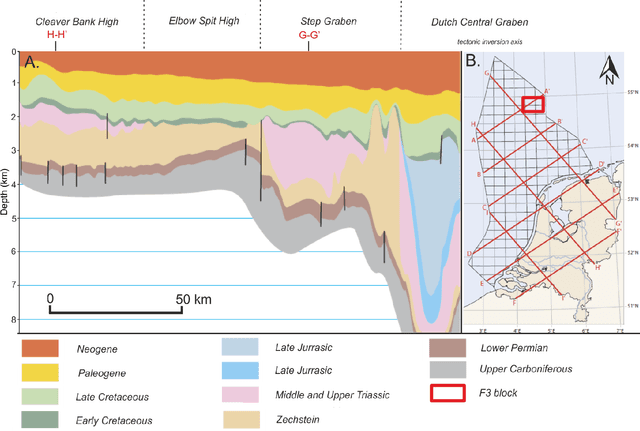

Abstract:The recent interest in using deep learning for seismic interpretation tasks, such as facies classification, has been facing a significant obstacle, namely the absence of large publicly available annotated datasets for training and testing models. As a result, researchers have often resorted to annotating their own training and testing data. However, different researchers may annotate different classes, or use different train and test splits. In addition, it is common for papers that apply deep learning for facies classification to not contain quantitative results, and rather rely solely on visual inspection of the results. All of these practices have lead to subjective results and have greatly hindered the ability to compare different machine learning models against each other and understand the advantages and disadvantages of each approach. To address these issues, we open-source an accurate 3D geological model of the Netherlands F3 Block. This geological model is based on both well log data and 3D seismic data and is grounded on the careful study of the geology of the region. Furthermore, we propose two baseline models for facies classification based on deconvolution networks and make their codes publicly available. Finally, we propose a scheme for evaluating different models on this dataset, and we share the results of our baseline models. In addition to making the dataset and the code publicly available, this work can help advance research in this area and create an objective benchmark for comparing the results of different machine learning approaches for facies classification for researchers to use in the future.
A comparative study of texture attributes for characterizing subsurface structures in seismic volumes
Dec 19, 2018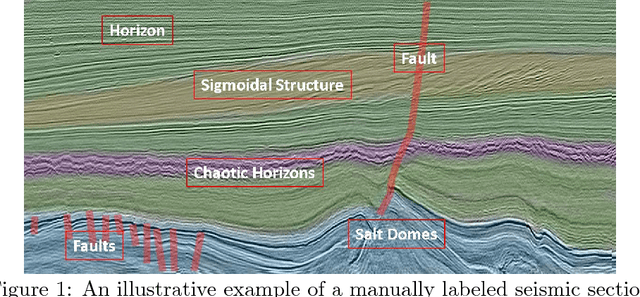
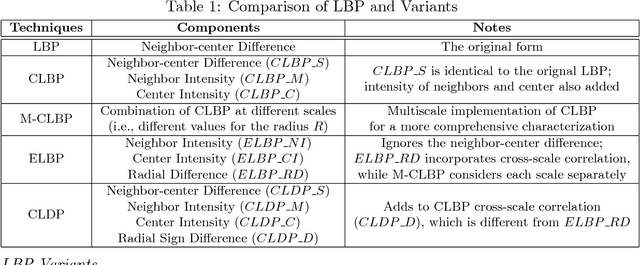
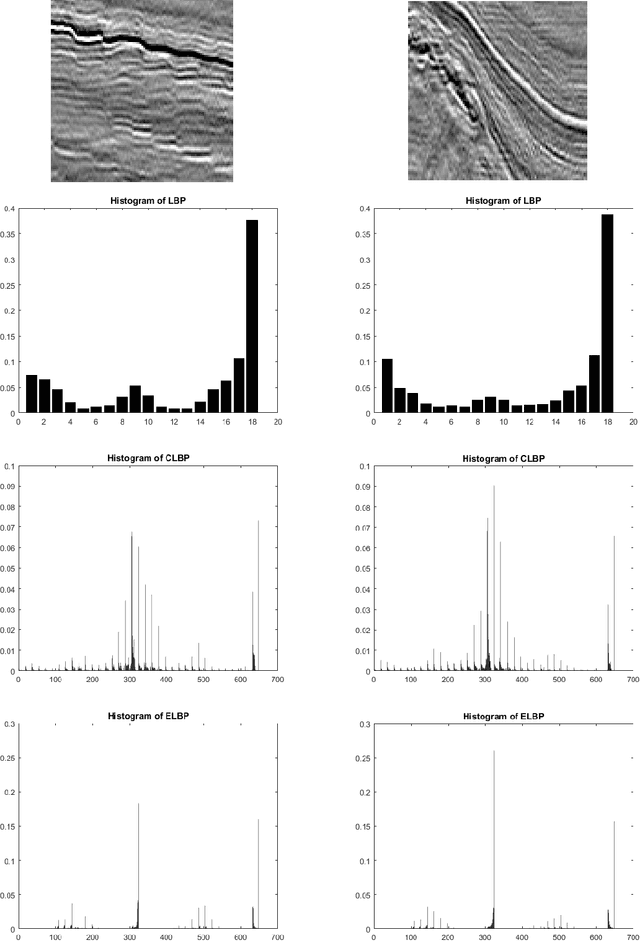

Abstract:In this paper, we explore how to computationally characterize subsurface geological structures presented in seismic volumes using texture attributes. For this purpose, we conduct a comparative study of typical texture attributes presented in the image processing literature. We focus on spatial attributes in this study and examine them in a new application for seismic interpretation, i.e., seismic volume labeling. For this application, a data volume is automatically segmented into various structures, each assigned with its corresponding label. If the labels are assigned with reasonable accuracy, such volume labeling will help initiate an interpretation process in a more effective manner. Our investigation proves the feasibility of accomplishing this task using texture attributes. Through the study, we also identify advantages and disadvantages associated with each attribute.
 Add to Chrome
Add to Chrome Add to Firefox
Add to Firefox Add to Edge
Add to Edge